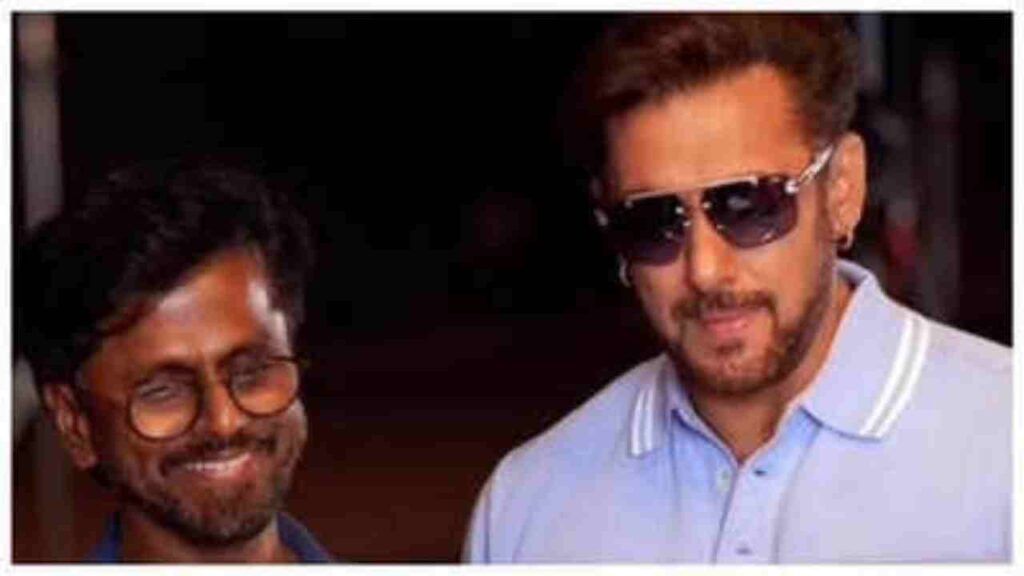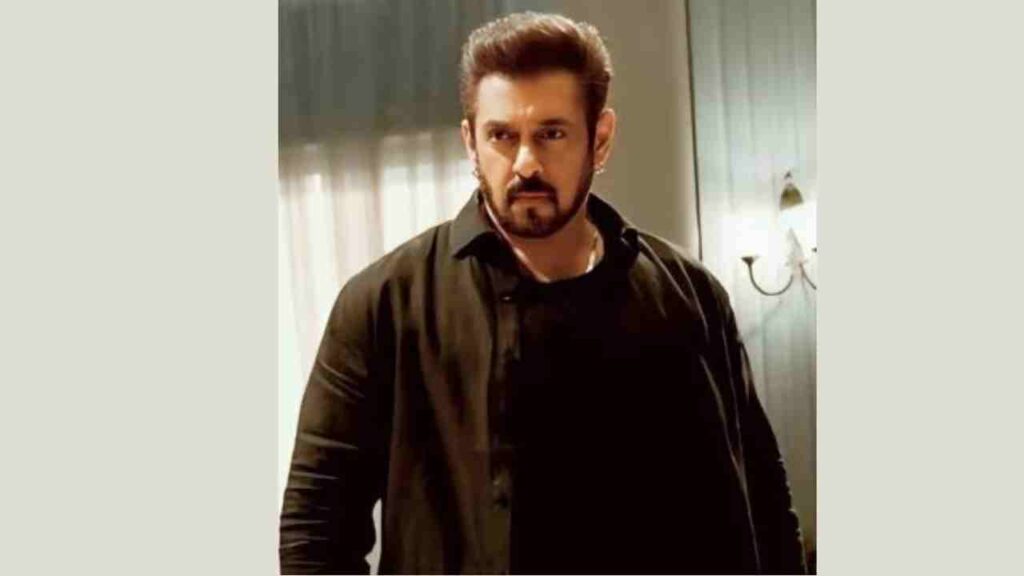When acclaimed director AR Murugadoss, known for the blockbuster success of Aamir Khan’s Ghajini, decided to collaborate with Bollywood superstar Salman Khan on Sikandar, expectations soared. However, the journey from script to screen proved more challenging than anyone anticipated.
Night Shoots and Scheduling Nightmares
The production faced significant hurdles from the start, primarily due to Salman Khan’s unconventional working hours. Murugadoss recently revealed that the superstar would only arrive on set around 8 PM, forcing the entire crew to adapt to a nocturnal schedule.
“Working with a major star brings unique challenges,” Murugadoss explained during a candid interview on Valaipechu Voice. “We had to completely restructure our approach. Even scenes that were meant to be shot in daylight had to be filmed at night because of his schedule. For someone used to starting work at dawn, this was a major adjustment.”

The late-night shoots created additional complications, particularly when scenes involved child actors. Murugadoss recalled having to film sequences with four young performers at 2 AM, even for scenes depicting them returning from school. “The children would be exhausted and often fell asleep between takes,” he shared, highlighting how the unconventional schedule impacted the film’s production quality.
A Story with Heart, Lost in Translation
At its core, Sikandar carried an emotionally resonant premise. The narrative followed a king who, after losing his beloved wife, discovers her organs have been donated to three different recipients. Driven by love and loss, he embarks on a journey to find these people, attempting to fulfill the dreams he couldn’t realize with his wife. Along the way, he forms unexpected bonds with an entire village community.
“The emotional foundation was there,” Murugadoss admitted with evident regret. “But I failed to translate that story effectively to the screen. The execution didn’t match the vision.”
Cultural Disconnect and Personal Impact
Unlike Ghajini, which was adapted from Murugadoss’s successful Tamil original, Sikandar represented entirely new territory with an original Hindi script. The director acknowledged that his filmmaking sensibilities didn’t fully resonate with the Hindi-speaking audience.
“When audiences can’t connect with your creative vision, it affects you on a personal level,” he reflected. “I’m not closing the door on Hindi cinema, but I need to find my comfort zone before returning. There has to be a bridge between my storytelling approach and audience expectations.”
Box Office Reality Check
The film’s commercial performance fell dramatically short of projections. Despite Salman Khan’s confident pre-release prediction that Sikandar would earn between ₹200-250 crore, the movie concluded its theatrical run at just ₹110 crore domestically. With a reported budget of ₹200 crore, these numbers represented a significant disappointment for all involved.
The contrast between expectation and reality highlighted the unpredictable nature of film success, even when combining established star power with proven directorial talent.

Lessons from the Experience
Murugadoss’s honest reflection on Sikandar offers rare insight into the complex dynamics of big-budget filmmaking. The project’s struggles serve as a reminder that successful cinema requires more than star power and substantial investment – it demands seamless coordination between creative vision, practical execution, and audience connection.
While Sikandar may not have achieved its commercial goals, Murugadoss’s willingness to examine his own role in the film’s shortcomings demonstrates the kind of self-awareness that often leads to stronger future projects. His story serves as both a cautionary tale and a testament to the ongoing challenges filmmakers face when navigating the intersection of art, commerce, and celebrity in modern cinema.






